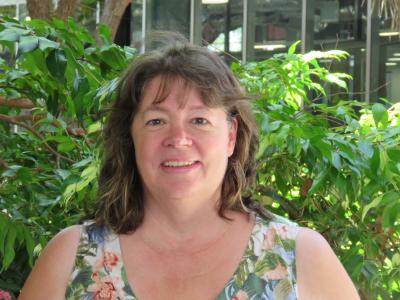I saw an opportunity to address the skills gap in coveted high-order/soft-skills such as Design Thinking (DT), creative-thinking and problem-solving during the 2015 refresh of the Information Technology degrees at James Cook University. Instead of creating one capstone subject in DT (the most common implementation), I decided to implement a unique longitudinal-learning strand of DT subjects across the 3-year degree.
I developed the unique “IT@JCU” Design Sprint as an “authentic assessment”. This two-day off-campus event is a major component of the DT strand that brings together all IT students, educators, regional community and ICT industry to solve grand challenges and all stakeholders gain from the experience (win/win/win): https://www.youtube.com/watch?v=2zPxPSHCqdw. The Sprint has gained so much attention that it now has over 40 companies fly into regional North Queensland (Townsville and Cairns) to take part.
There are no other regional universities that can claim they draw major companies to invest money in attendance, sponsorship and prizes for what is basically an undergraduate assessment piece. Regional universities in remote locations often struggle to engage large metropole-based organisations as industry partners in education, which means that regional students do not have the same close connections with industry as their metropole counterparts. Certainly, local industry partners are highly engaged with the university but student access to large organisations such as IBM, Oracle, etc is limited.
Results now show IT@JCU graduates are applying for and successfully getting coveted graduate positions due to their capabilities in DT, ideation, interviewing, pitching and empathy matched with well-developed technical skills.















